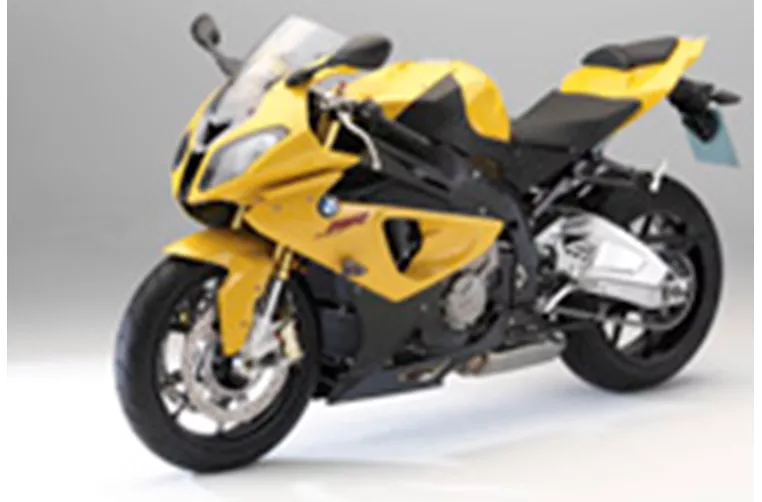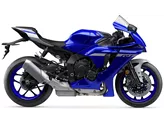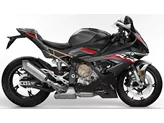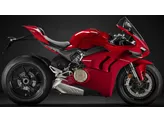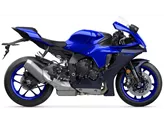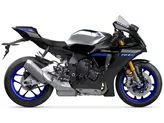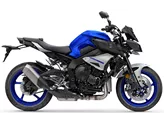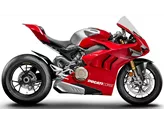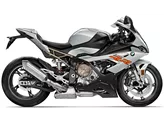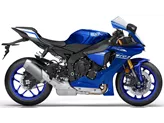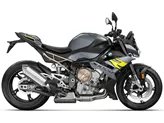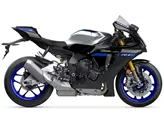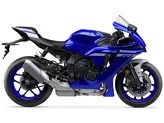BMW S 1000 RR 2011 vs. Yamaha R1 2010
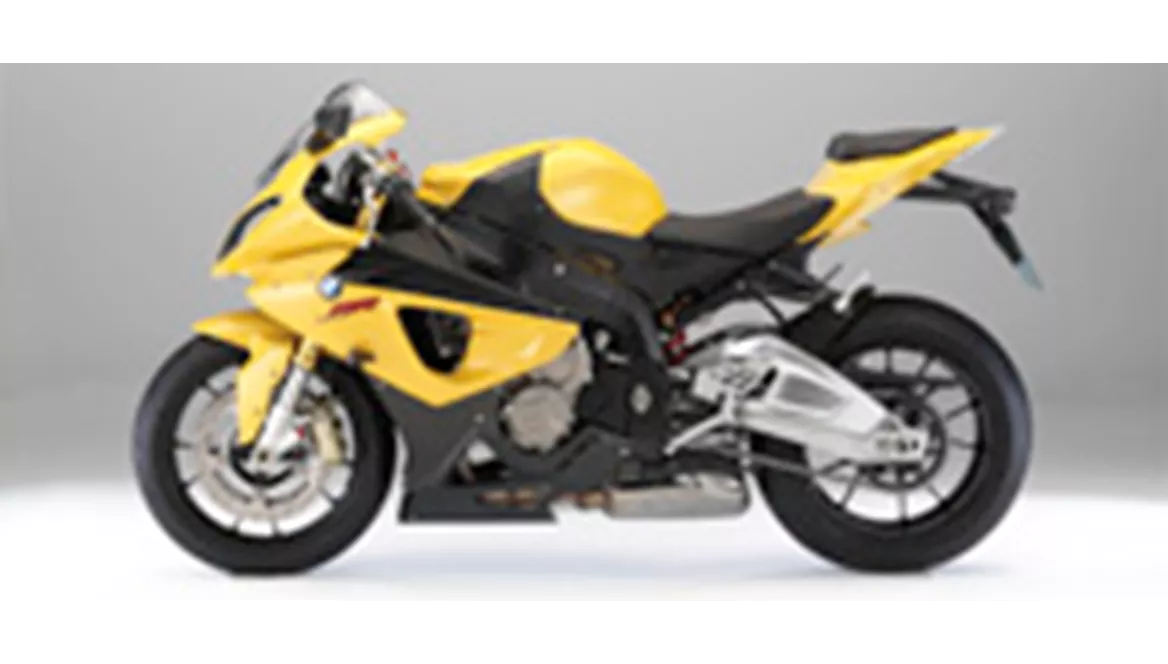
BMW S 1000 RR 2011

Yamaha R1 2010
Overview - BMW S 1000 RR 2011 vs Yamaha R1 2010
The BMW S 1000 RR 2011 and the Yamaha R1 2010 are both high-performance supersport motorcycles. While they have some similarities in terms of engine specifications and dimensions, they also have distinct differences in their design and performance.
Starting with the engine, the BMW S 1000 RR 2011 is equipped with a 999cc 4-cylinder engine with a bore of 80mm and a stroke of 49.7mm. It delivers an impressive power output of 192 HP and a torque of 112 Nm. On the other hand, the Yamaha R1 2010 features a slightly smaller 998cc 4-cylinder engine with a bore of 78mm and a stroke of 52.2mm. It produces a power output of 181 HP and a torque of 115.5 Nm. Both engines are powerful and provide a thrilling riding experience, but the BMW S 1000 RR has a slight advantage in terms of horsepower.
In terms of suspension, both motorcycles feature telescopic forks at the front. However, the Yamaha R1 2010 has a unique upside-down telescopic fork design, which provides better stability and handling. This gives the Yamaha R1 an edge in terms of suspension performance compared to the BMW S 1000 RR.
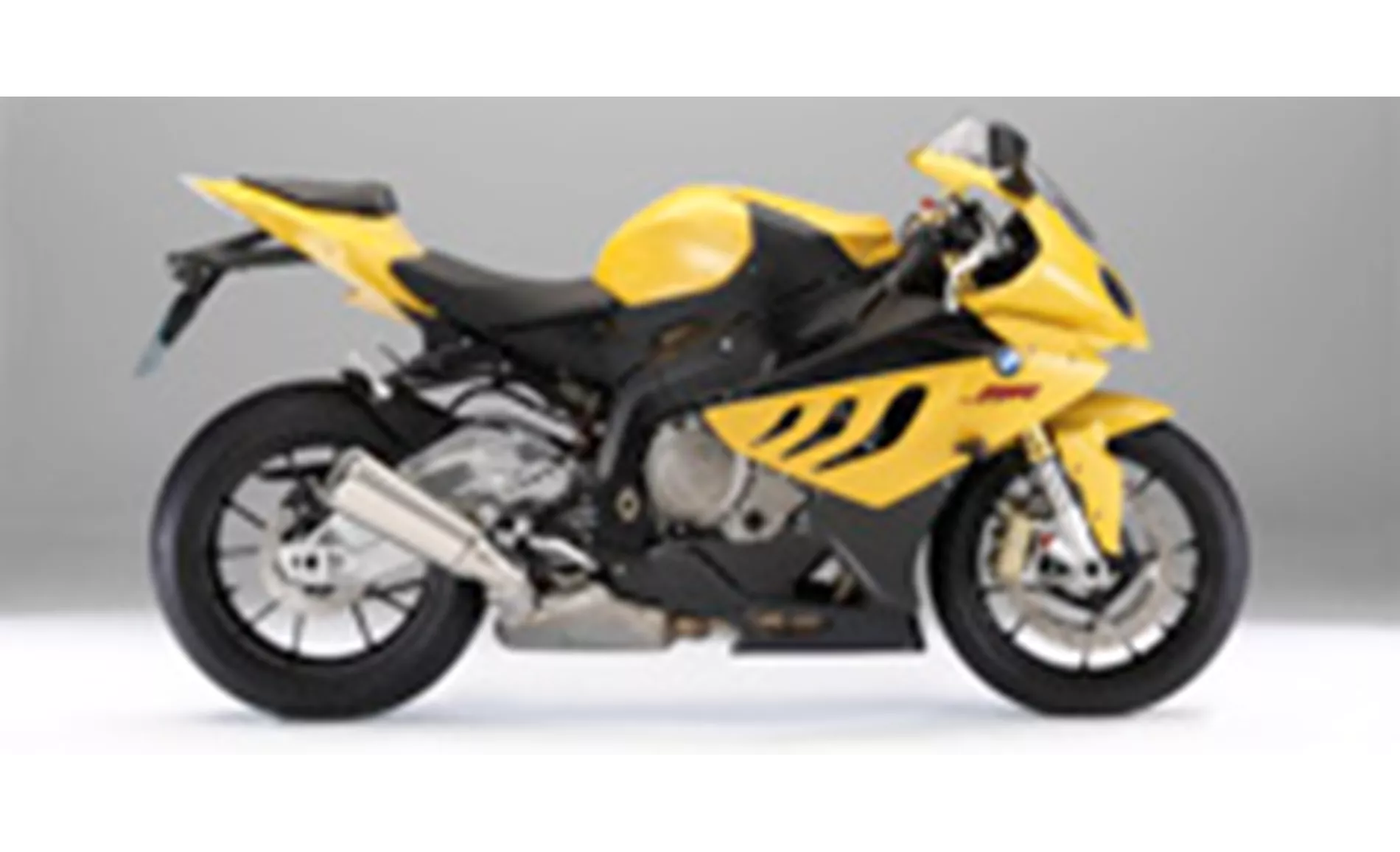
BMW S 1000 RR 2011
Moving on to the chassis, both motorcycles have aluminum frames, which provide a lightweight and rigid structure. However, the BMW S 1000 RR 2011 has a tubular frame design, while the Yamaha R1 2010 features a Deltabox frame. The Deltabox frame is known for its excellent rigidity and handling characteristics, giving the Yamaha R1 an advantage in terms of chassis design.
In terms of braking, both motorcycles are equipped with dual disc brakes at the front. The Yamaha R1 2010 has an optimized braking system, which provides excellent stopping power and control. The BMW S 1000 RR 2011 also has a reliable braking system, but it does not have any specific optimizations mentioned.
When it comes to dimensions and weights, both motorcycles have similar tire widths, with a front tire width of 120mm and a rear tire width of 190mm. The BMW S 1000 RR 2011 has a slightly longer wheelbase of 1432mm compared to the 1415mm wheelbase of the Yamaha R1 2010. The seat height of the BMW S 1000 RR is 820mm, while the Yamaha R1 has a slightly higher seat height of 835mm. In terms of weight, the BMW S 1000 RR 2011 weighs 204kg, while the Yamaha R1 2010 is slightly heavier at 206kg. Both motorcycles have a decent fuel tank capacity, with the BMW S 1000 RR having a capacity of 17.5 liters and the Yamaha R1 having a capacity of 18 liters.

Yamaha R1 2010
In terms of strengths, the BMW S 1000 RR 2011 has an optimized torque curve, providing excellent power delivery. It also has a strong engine and good traction, making it a powerful and responsive motorcycle. Additionally, it features a smooth and efficient gear shift assistance system. On the other hand, the Yamaha R1 2010 has a strong engine with a sophisticated character. It also has an optimized braking system and a comfortable seating position.
However, both motorcycles have their weaknesses. The BMW S 1000 RR 2011 can be fatiguing due to its aggressive acceleration. The Yamaha R1 2010 has suboptimal suspension elements, a lower peak power output, slightly weaker traction, and a higher weight.
In conclusion, both the BMW S 1000 RR 2011 and the Yamaha R1 2010 are high-performance supersport motorcycles with their own strengths and weaknesses. The BMW S 1000 RR offers a powerful engine and good traction, while the Yamaha R1 provides a sophisticated engine and optimized braking system. Ultimately, the choice between the two will depend on the rider's preferences and priorities.
Technical Specifications BMW S 1000 RR 2011 compared to Yamaha R1 2010
Pros and Cons in comparison
Pros and Cons in comparison
BMW S 1000 RR 2011
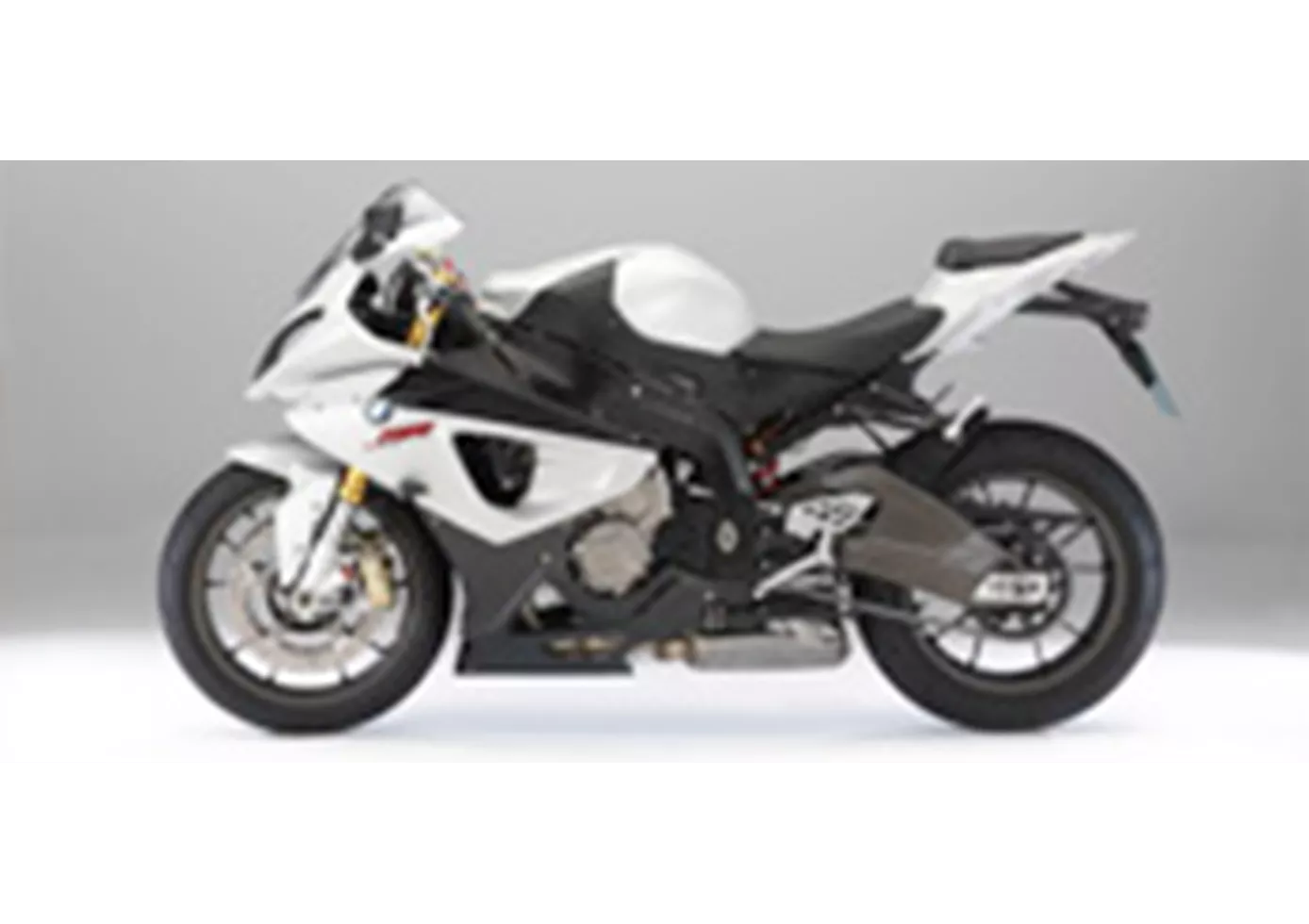
As alterações mais importantes na S 1000 RR, no entanto, foram os inúmeros pequenos ajustes no chassis e na geometria. Aqui beneficiamos agora de milhares de quilómetros de teste da equipa de testes da BMW. Esta é uma evolução lógica e um grande passo em frente.
Yamaha R1 2010
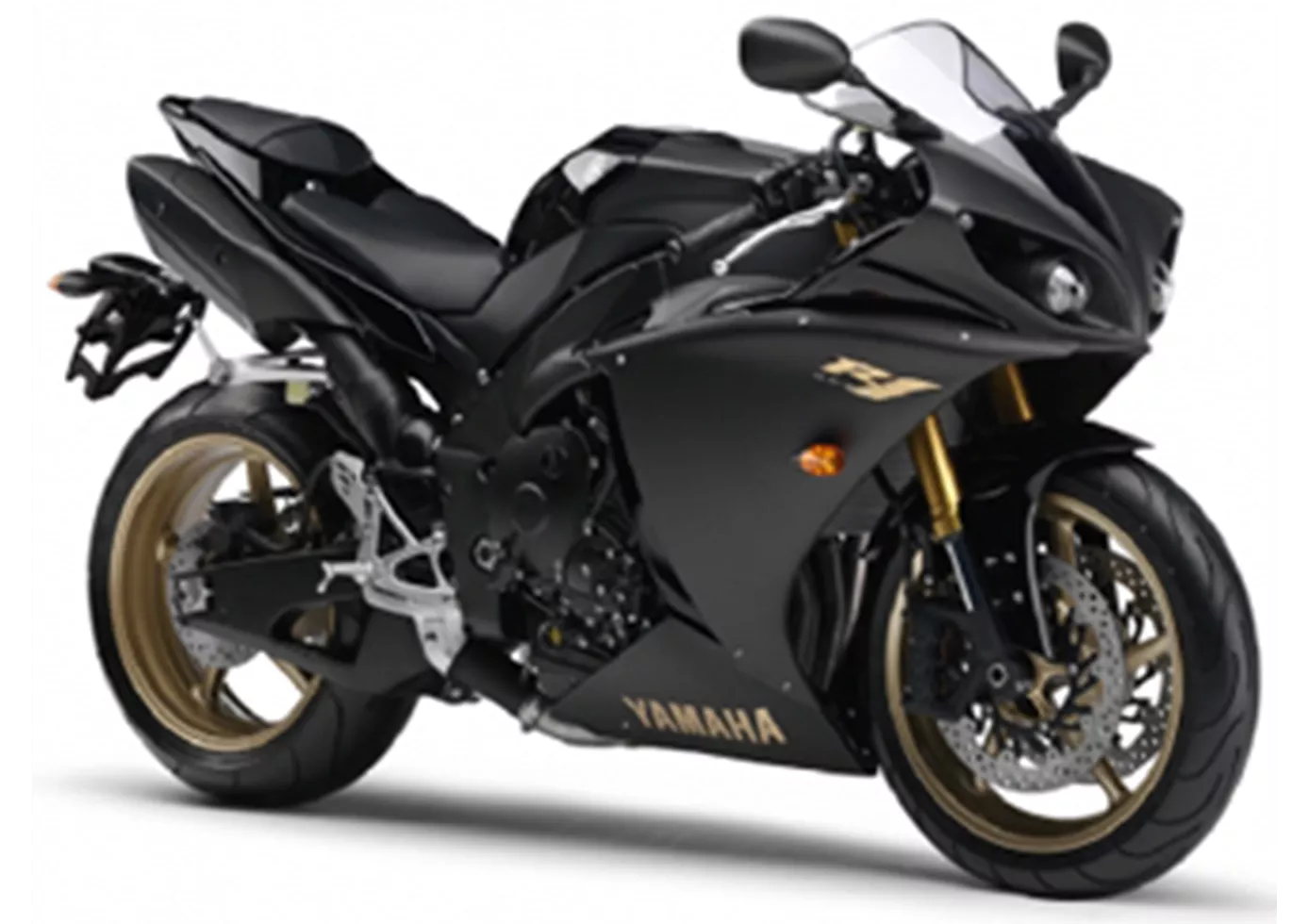
O atual motor da R1 marca pontos acima de tudo com o seu som inconfundível, resposta muito transparente e entrega de potência linear. Em termos de potência de pico, no entanto, a Yamaha teve que reduzir um pouco.
Price Comparison Avarage Market Price BMW S 1000 RR vs Yamaha R1
There are a few key differences between a BMW S 1000 RR 2011 and a Yamaha R1 2010. In terms of price, the actual average price of a Yamaha R1 2010 is about 4% higher. There are the same number of bikes of both models available on the 1000PS.de marketplace, specifically 5. It takes less time to sell a BMW S 1000 RR with 47 days compared to 53 days for a Yamaha R1. Since model year 2010 1000PS.de editors have written 135 reviews for the BMW S 1000 RR and 80 reviews for the Yamaha R1 since model year 2005. The first review for the BMW S 1000 RR was published on 16/04/2008 and now has more than 4 000 views. This compares to more than 3 900 views for the first review on Yamaha R1 published on 28/04/2003.
